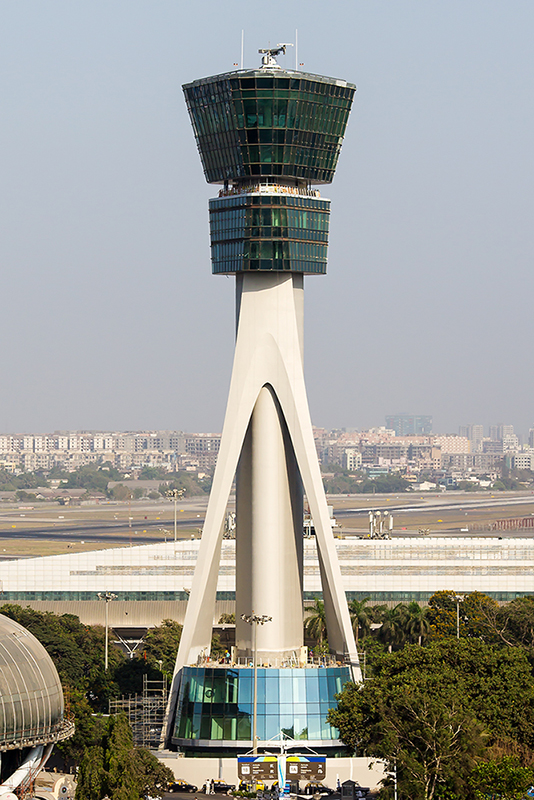Flight Operations
- Review Aerodynamics & Airplane Systems
- 1.1Explain the four forces which act on an airplane in flight
- 1.2Explain the angle of attack- Commercial Pilot-Aerodynamics and Performance
- 1.3Explain the basics of Aerodynamics
- 1.4Explain drag
- 1.5Explain thrust, stability, and center of gravity
- 1.6Explain weight and balance
- 1.7Demonstrate knowledge of aircraft components
- Pressure, Temperature & Density
- Weather
- 3.1Identify and explain the structure of the earth’s layers of the atmosphere, and become knowledgeable of the history of the study of meteorology
- 3.2Describe atmospheric conditions using appropriate weather terminology
- 3.3Demonstrate an understanding of frontal systems
- 3.4Demonstrate an understanding of wind speed, temperature, pressure & dew point
- 3.5Employ meteorological terminology and coding procedures
- 3.6Identify air masses and monitor daily weather phenomena
- 3.7Demonstrate an understanding of synoptic weather structure
- Weather Forecasting
- Weather Hazards
- Weather Tools
- IFR
- IFR
- IFR Navigation
Communications
Introduction to Aviation Communication

Service provided for the purpose of preventing collisions between aircraft, and on the manoeuvring area between aircraft and obstructions; and expediting and maintaining an orderly flow of air traffic.
Effective communication is a critical component of aviation. It ensures the safe and efficient operation of aircraft, and it is essential for coordinating activities between pilots, air traffic controllers, ground crew, and other relevant personnel. This unit provides an overview of the aviation communication system and introduces the basic terminologies used in aviation communication.
Importance of Effective Communication in Aviation
In aviation, effective communication is crucial for safety. Miscommunication or misunderstanding can lead to serious consequences, including accidents. Therefore, it is essential for everyone involved in aviation to understand and use the correct communication protocols.
Overview of the Aviation Communication System
The aviation communication system is a complex network that allows for the exchange of information between aircraft and ground stations. This system includes various components such as radios, antennas, transponders, and satellites. The primary purpose of this system is to ensure the safe and efficient operation of aircraft.
There are two main types of aviation communication: air-to-ground and air-to-air. Air-to-ground communication involves the exchange of information between an aircraft and a ground station, such as an air traffic control tower. Air-to-air communication, on the other hand, involves the exchange of information between two or more aircraft.
Basic Terminologies Used in Aviation Communication
In aviation communication, certain terminologies are used to ensure clarity and prevent misunderstandings. Here are some of the basic terminologies used:
- Acknowledgment: A response from the receiving station indicating that a message has been received and understood.
- Mayday: An international distress signal used to indicate a life-threatening emergency.
- Pan-Pan: An international urgency signal used to indicate a situation that is serious but not immediately life-threatening.
- Roger: Used to acknowledge the receipt of a transmission.
- Standby: Used to indicate that the receiving station must wait for further instructions.
- Wilco: Short for "will comply," used to indicate that the instructions received will be carried out.
Understanding these terminologies is crucial for effective communication in aviation. In the following units, we will delve deeper into the specifics of aviation communication, including radio communication basics, standard phraseology, communication procedures, and more.